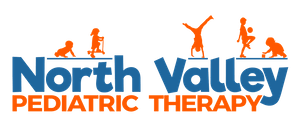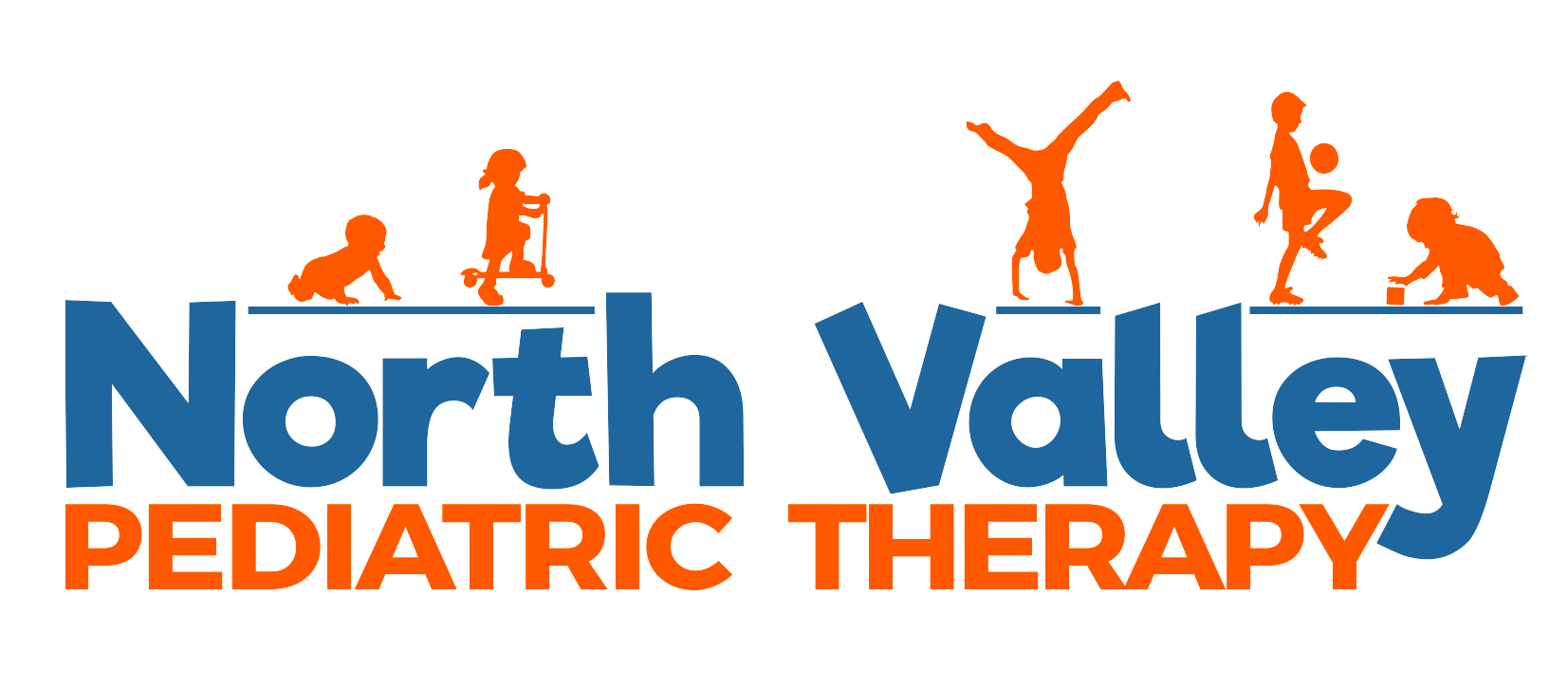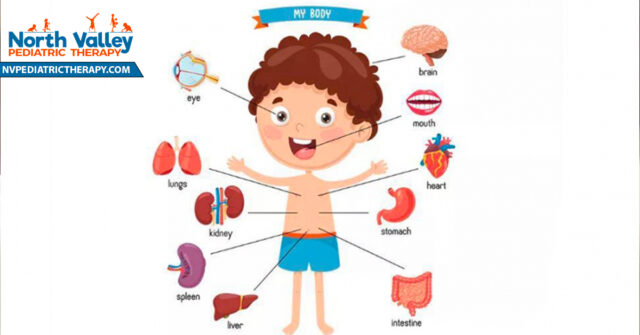What is a visual schedule?
A visual schedule is a collection of pictures and/or materials that visually represent and break down tasks into a sequence of activities.
What is the purpose of a visual schedule?
Visual schedules serve as a least restrictive option for prompting. It helps guide learners to be more independent. It may also help learners feel less anxious with some routines, as it provides them with a clear place to start and a clear ending point.
What do they look like?
Visual schedules can present in a variety of ways. Below are three common ways you could set up a visual schedule in your home:
- OBJECT FORMAT SCHEDULES: Some learners with low to no reading skills could use an object schedule. An object schedule consists of the physical materials needed to complete a routine set up in the order they are expected to be used. For example, if an object schedule were to be set up for the routine of brushing one’s teeth, the caregiver might set up a small three drawer system and number it one through three from top to bottom. In the top drawer labeled ONE, there would be the toothbrush, in the middle drawer labeled TWO, there would be toothpaste, and in the bottom drawer labeled THREE, there would be a reusable rinse cup. All the steps to brushing teeth are the same with or without the drawers, but the organization and visual sequence of steps might help provide a clear expectation and ease some anxiety.
- PICTURE FORMAT SCHEDULES: Additionally for a non-reader, a simple picture visual schedule may be sufficient. Take the teeth brushing example above: rather than set the environment up with drawers and physical materials, the caregiver could have a picture representation of each sequenced step for a teeth brushing routine (i.e. a picture of a toothbrush with water running on it, a picture of a toothbrush with toothpaste on it, a picture of the toothbrush in the learner’s mouth brushing, etc.). The caregiver could then point the learner through the schedule or the caregiver can have the learner mark an “x” over each step themselves as each step is completed. A benefit to using this type of schedule versus the object format would be the ability to include picture steps in your routine that you would not be able to in object form. For example, an important first step in brushing your teeth is to get your toothbrush wet; providing a visual for that would be easy, however, keeping a wet toothbrush in a bin or drawer seems a bit messy!
- LIST FORMAT SCHEDULES: Finally, for a learner with reading skills, you may be able to write out the steps of a teeth brushing routine like you would a simple “To do” list for yourself. You can provide them with check boxes to mark off when each step is complete or you could simply teach them to cross the step off the list when they are done.
How/when can I use one?
The example above is for one specific routine in the home but these formats can be applied to a variety of settings and for a number of routines:
- Going to the grocery story
- Cleaning your room
- Dressing yourself for school
- Running errands with caregiver
- Making yourself your favorite snack
- And so much more!
The possibilities are truly endless. If you can break something up into steps, chances are you can create a visual schedule to help them through it!
Blog by: Breanne Jojola, M.Ed., BCBA-LBA




